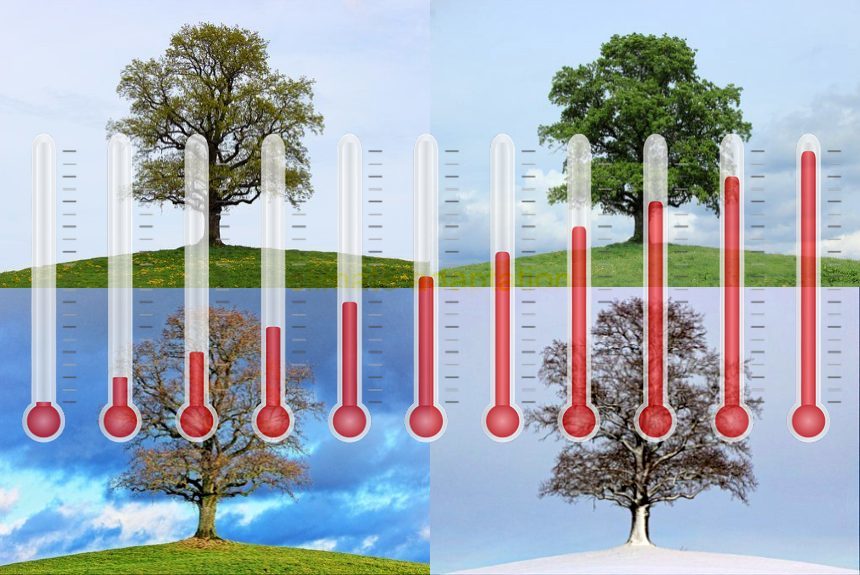A BBC article takes stock of the climate in 2020, a year that has just gone by and a “turbulent” one primarily because of the COVID-19 pandemic that affected the world.
The climate in 2020 shows carbon dioxide levels emitted in the atmosphere and temperatures that have caused the worst wildfires seen so far in the US and Australia, as well as extraordinary heat in Siberia and Europe.
The article shows the state of the climate through these five indicators and “measures of climate health”:
- CO2 levels in the atmosphere reached a record of 417 parts per million in May 2020. The last time they exceeded 400 ppm was around 4 million years ago when global temperatures were between 2 and 4 degrees warmer. “We are seeing record levels yearly,” according to Ralph Keeling of Scripps Institution of Oceanography.
- Record heat. “The year 2020 was more than 1.2C hotter than the average year in the 19th Century.” The heat triggered the wildfires in the US and the “black summer” in Australia.
- Arctic ice. Siberia experienced a record temperature reaching 38C in June 2020, which triggered rapid sea ice melts and delayed the Arctic freeze by almost two months. Julienne Stroeve, a polar scientist from University College London, says that sea ice loss is a symptom and driver of climate change. The brightness of ice plays a crucial role in reflecting heat from the sun back into space, and losing it means losing its reflective protection, and large uncovered see areas absorb more heat, thus “fueling global warming further”. Loss of ice is also disrupting weather patterns worldwide because of the interconnectedness of the world’s climate systems.
- The thawing of permafrost. Permafrost contains vast amounts of GHGs, including CO2 and methane—which is 84 times more potent than CO2 to cause global warming. When thawed, permafrost releases these gases into the atmosphere, which can cause global warming. Thawing of permafrost also damages existing infrastructures as the ground underneath buckles and impacts indigenous communities’ livelihoods, which rely on frozen ground to hunt for food.
- Forests worldwide continue to decline, particularly in South America, Africa, and Indonesia. Although the rate of deforestation has slowed in the past 30 years, experts say this is not enough. More efforts should be made to protect existing forests and allow them to be rewild. Trees and forest soil store around 45% of all carbon on land, and when trees are cut down, they disturb the soil and release carbon into the atmosphere.
The indicators above show how the climate has changed over the years, and the article says they will also point the way to climate adaptation and solutions that can help prevent the worst effects of climate change by the end of the century.
To read the entire article, click the link in the “Source” section below.
Source:
Gerretsen, I. (2021 January 11). The state of the climate in 2021. BBC. Retrieved from https://www.bbc.com/future/article/20210108-where-we-are-on-climate-change-in-five-charts



Leave a Reply